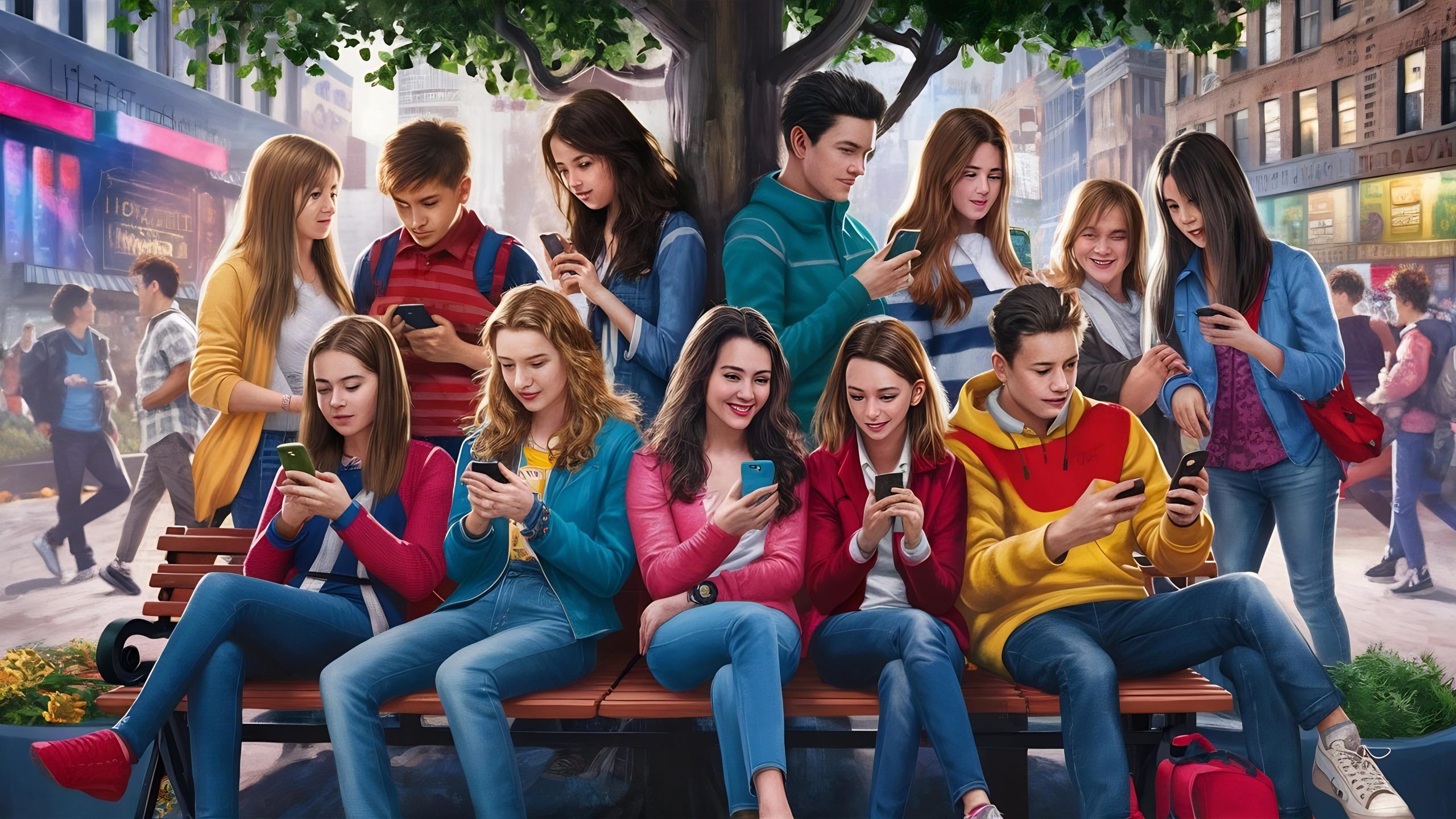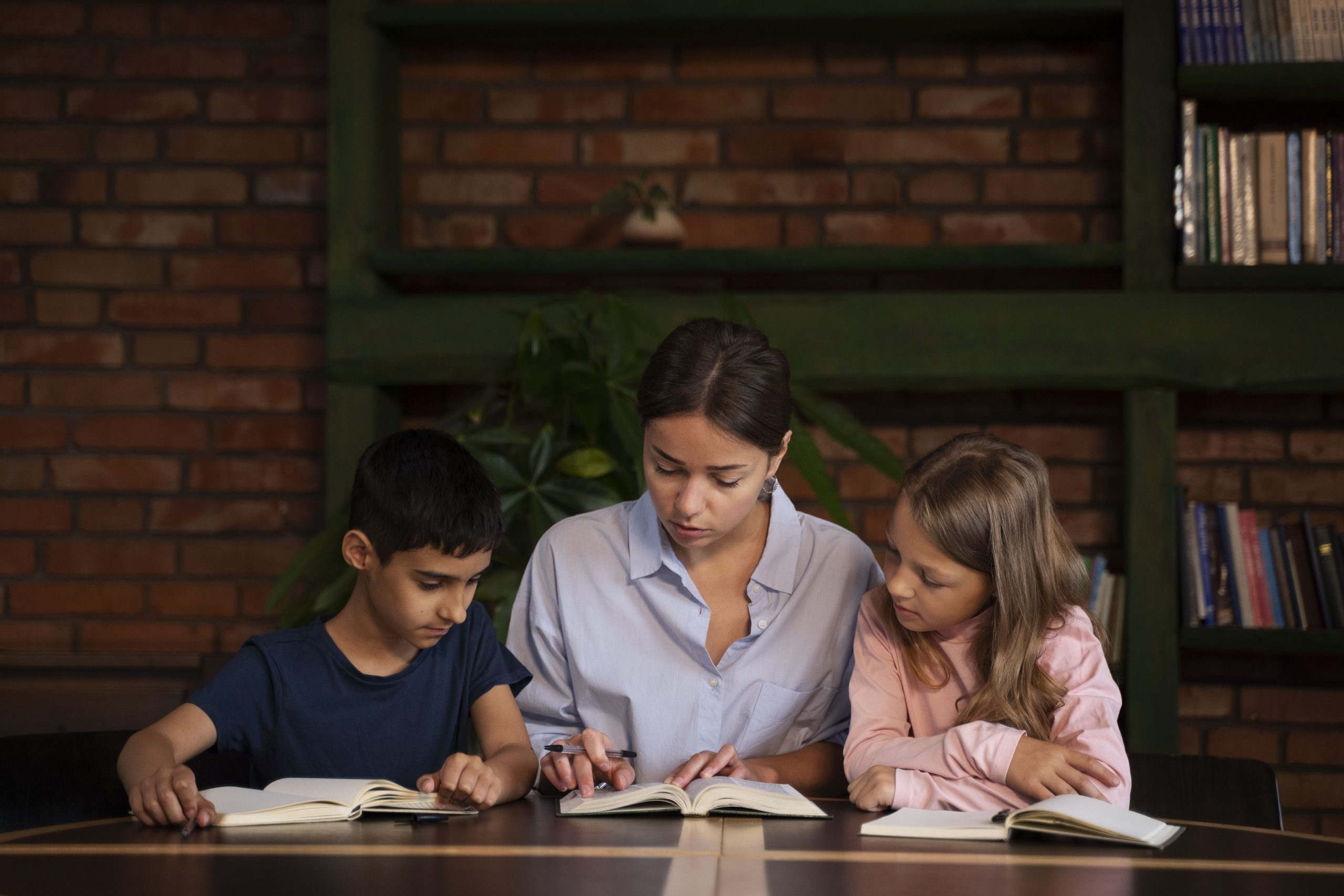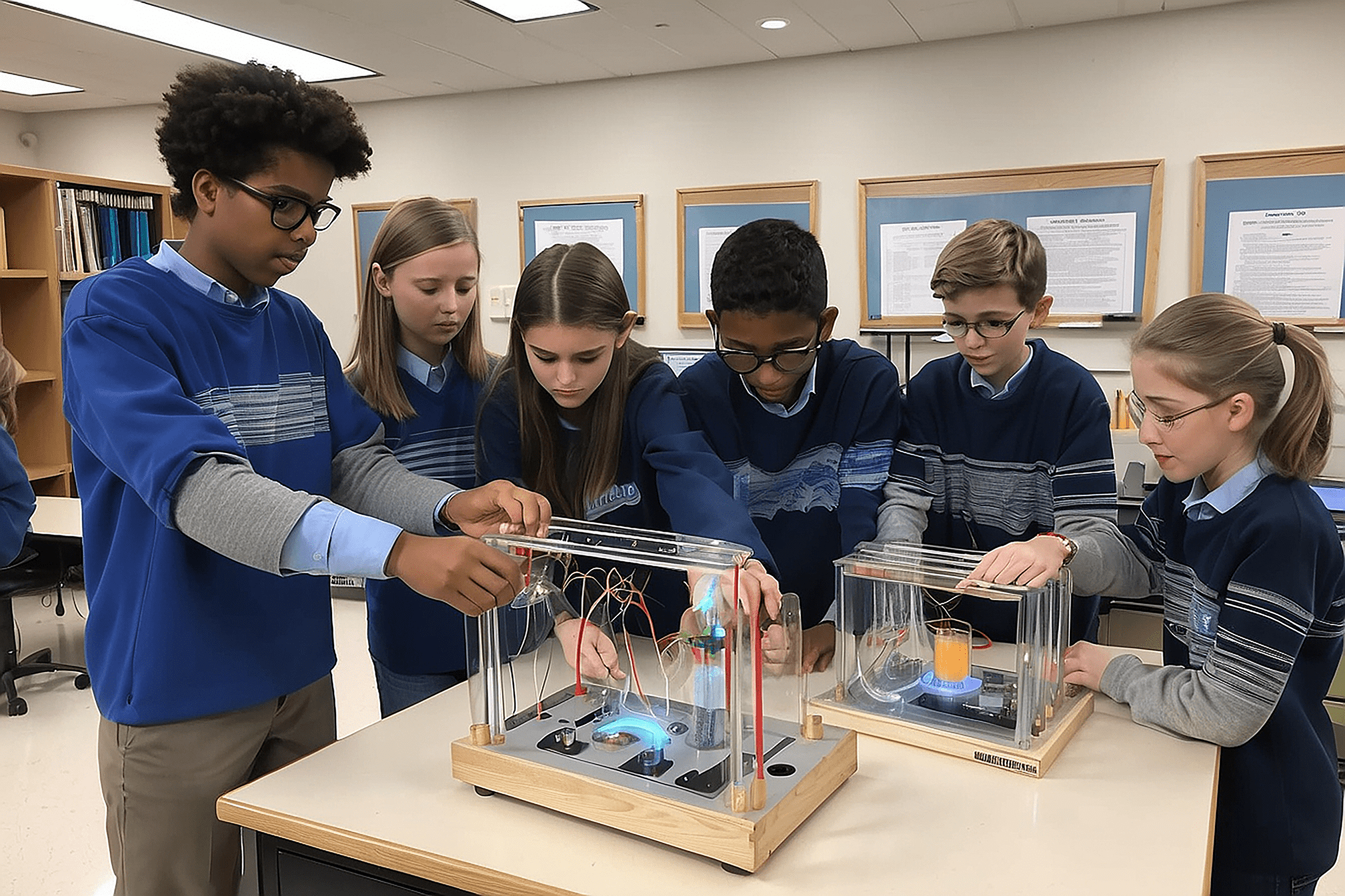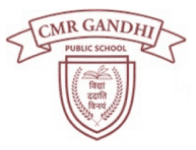Summary: In this post, Ms. Roopashi Khatri (Treasurer, CMR Gandhi Public School and Advocate before the High Court of Karnataka) discusses the advantages of blending our present experiences with online learning with traditional classroom sessions as schools are set to reopen in the near future.
The ongoing COVID-19 crisis has provided an impetus to blended learning (i.e. a combination of face-to-face classroom methods and online activities into a comprehensive learning programme). Blended learning has emerged as an innovation in the education sector that may even improve on the pre-pandemic traditional classroom methods.
The Government of India acknowledges this aspect with its continued emphasis on integrating online learning resources with the traditional school curriculum. In the National Education Policy 2020, the Ministry of Education recommends that schools may, for instance, offer the following subjects online:
- Innovative classes on classical Indian languages and literature (including Tamil, Telugu, Kannada, Malayalam, Odia, Pali, Persian, and Prakrit);
- Vocational subjects (such as vocational crafts); and
- Continuous Professional Development courses for teachers, school principal and educational leaders.
Policy recommendations tend to focus on the use of online learning resources at the level of colleges and universities throughout India. However, online learning has been the predominant mode of formal education for students of primary and secondary schools across the country during the COVID-19 pandemic. Schools must therefore acknowledge their role in leading the innovation in e-learning for young children, as well as carrying forward the lessons learnt in designing cutting-edge curriculums that combine the best of both worlds (online and offline).
Online tools offer teachers the option to educate and test students in creative and exciting ways – such as drawing cartoon strips, group theatre projects, school eNewsletters and eMagaines, documentaries/podcasts/interviews directed by students, interactive multimedia, simulations, educational games, as well as virtual tours of museums, zoos and beautiful public parks.
E-resources such as mass online open courses (MOOCs) help students supplement their course curriculum with the latest knowledge and trends. Many teachers prefer incorporating successful and well-conducted MOOCs along with traditional classroom education.
UNESCO has strongly supported the use of open educational resources (particularly resources available under free/open licenses) to promote knowledge sharing despite suspension of physical classes during the pandemic.
Finally, as our lives become increasingly digital, it is important for both students and teachers to learn how to participate as virtual citizens – this begins with digital literacy and online learning skills at the school.
Online learning is not a substitute to the face-to-face interaction that is vital for a child’s holistic development. But it may act as a useful addition to formal education by providing the educational experience that traditional classroom methods may not effectively provide. Using e-learning resources requires teachers and educational leaders to carefully plan the design of subjects. The number of hours spent online/face-to-face/in practical labs, or the kind of resources available to students online versus offline, depends upon various factors (such as the nature of the subject and the individual requirements of the students). Blended learning and online educational resources provides us a unique opportunity to enhance the skills and experiences of our children in their early years. One can confidently expect these advantages to multiply if blended learning continues as physical classrooms open across the country in the near future.








 >
>